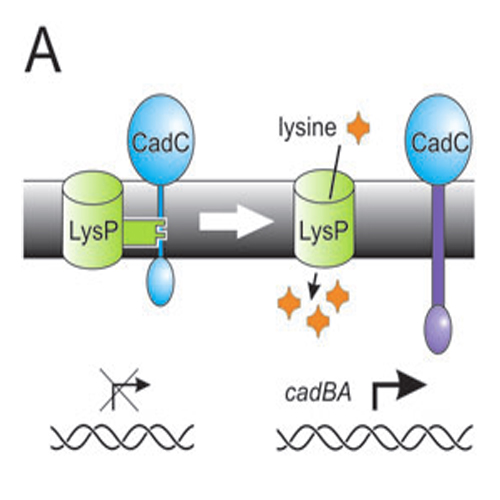The regulatory interplay between membrane-integrated sensors and transport proteins in bacteria
27-Aug-2009
Molecular Microbiology, 2009, 73(6), 982–991, doi:10.1111/j.1365-2958.2009.06847.x published on 27.08.2009
Molecular Microbiology, online article
Bacteria sense environmental stimuli and transduce this information to cytoplasmic components of the signal transduction machinery to cope with and to adapt to ever changing conditions. Hence, bacteria are equipped with numerous membrane-integrated proteins responsible for sensing such as histidine kinases, chemoreceptors and ToxR-like proteins. There is increasing evidence that sensors employ transport proteins as co-sensors. Transport proteins are well-suited information carriers as they bind lowmolecular-weight molecules in the external medium and transport them into the cytoplasm, allowing them to provide dynamic information on the metabolic flux. This review explores the sensing capabilities of secondary permeases, primary ABC-transporters, and soluble substrate-binding proteins. Employing transporters as co-sensors seems to be a sophisticated and probably widely distributed mechanism.











